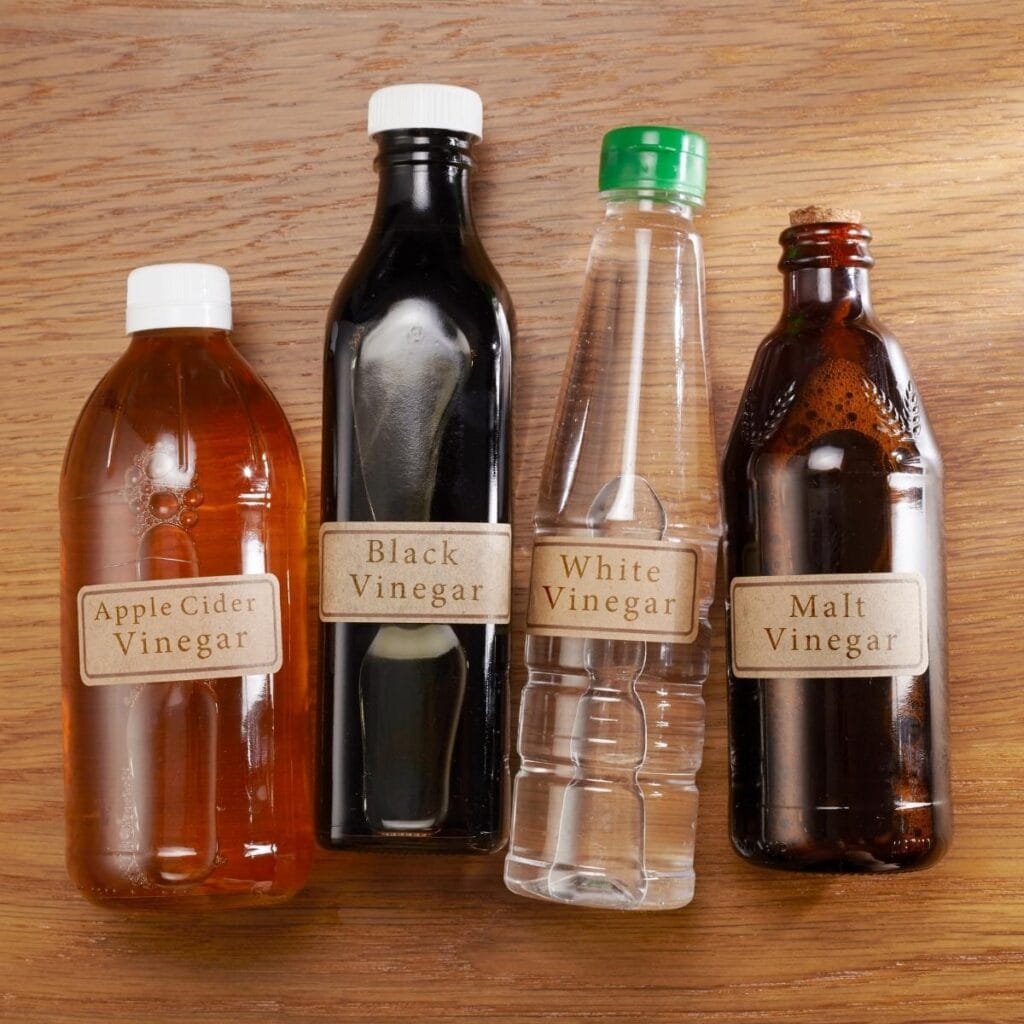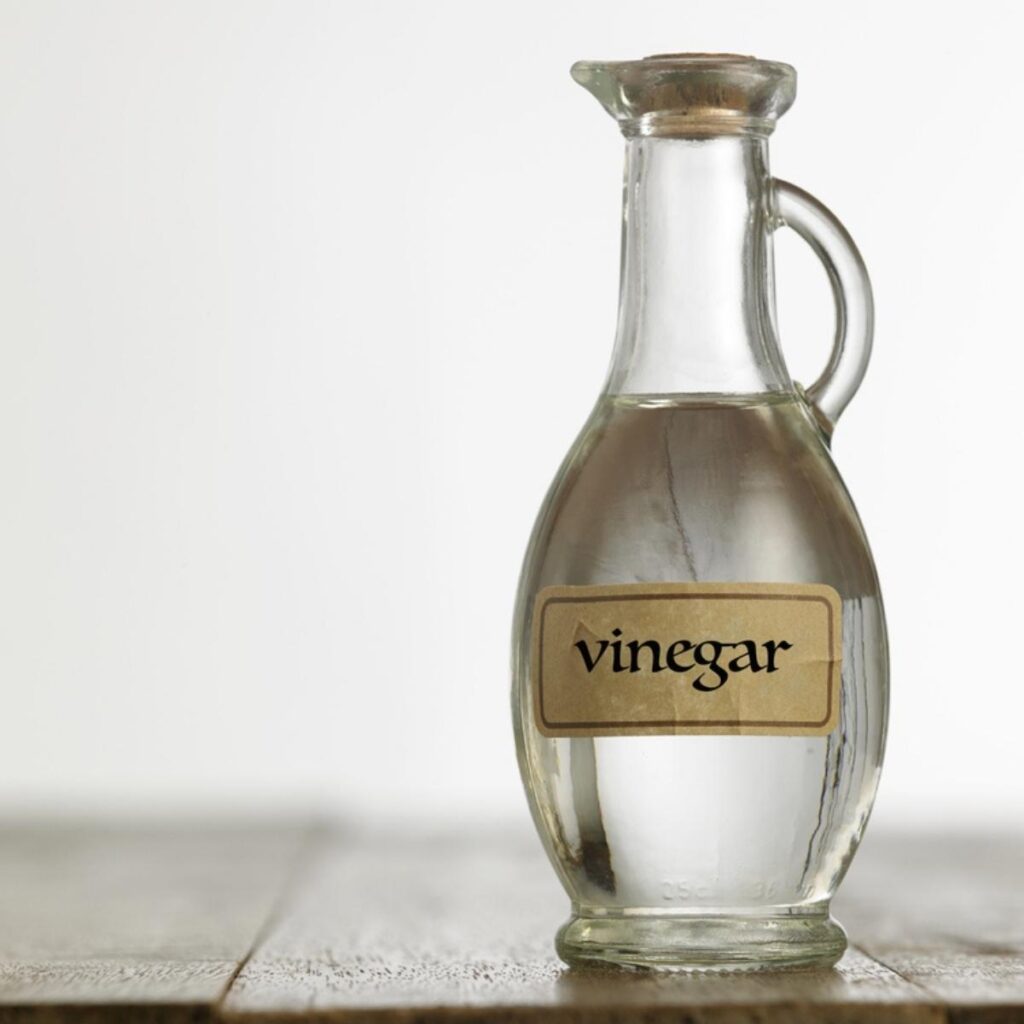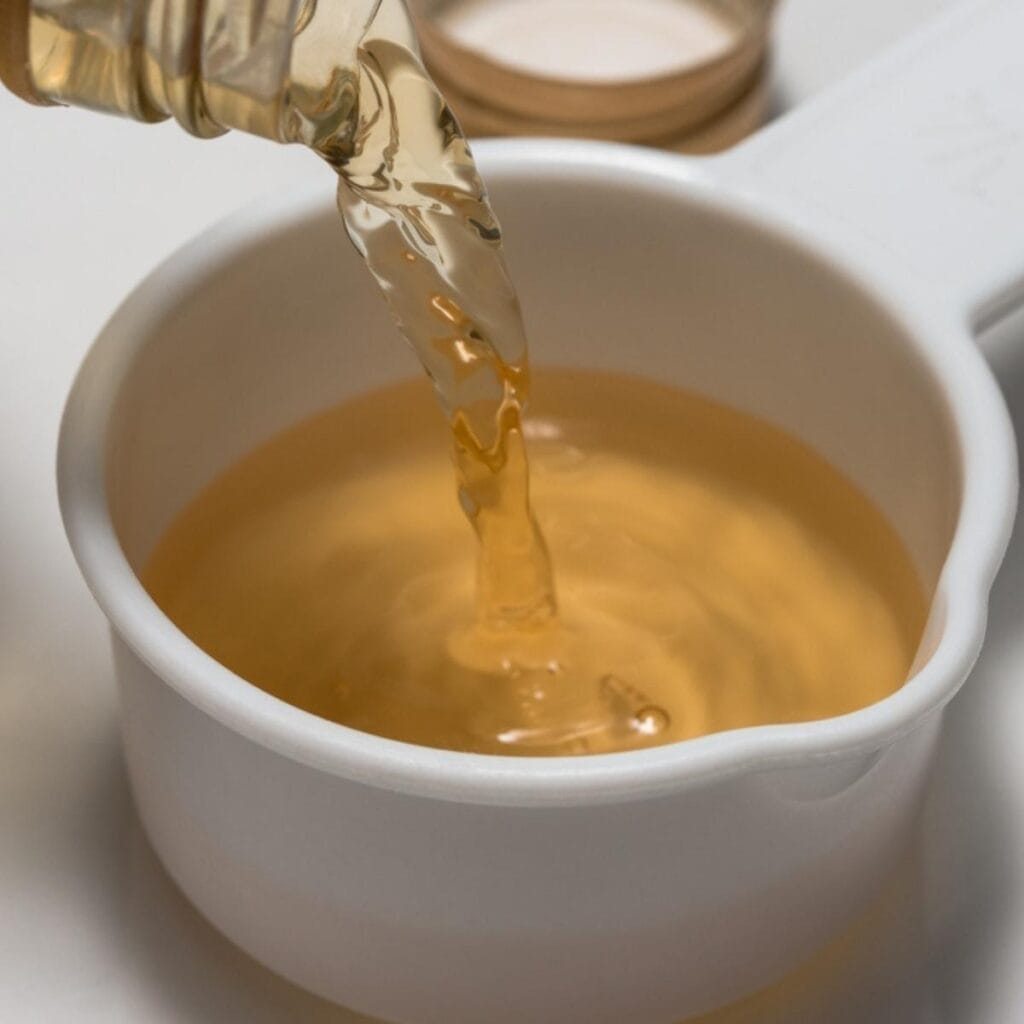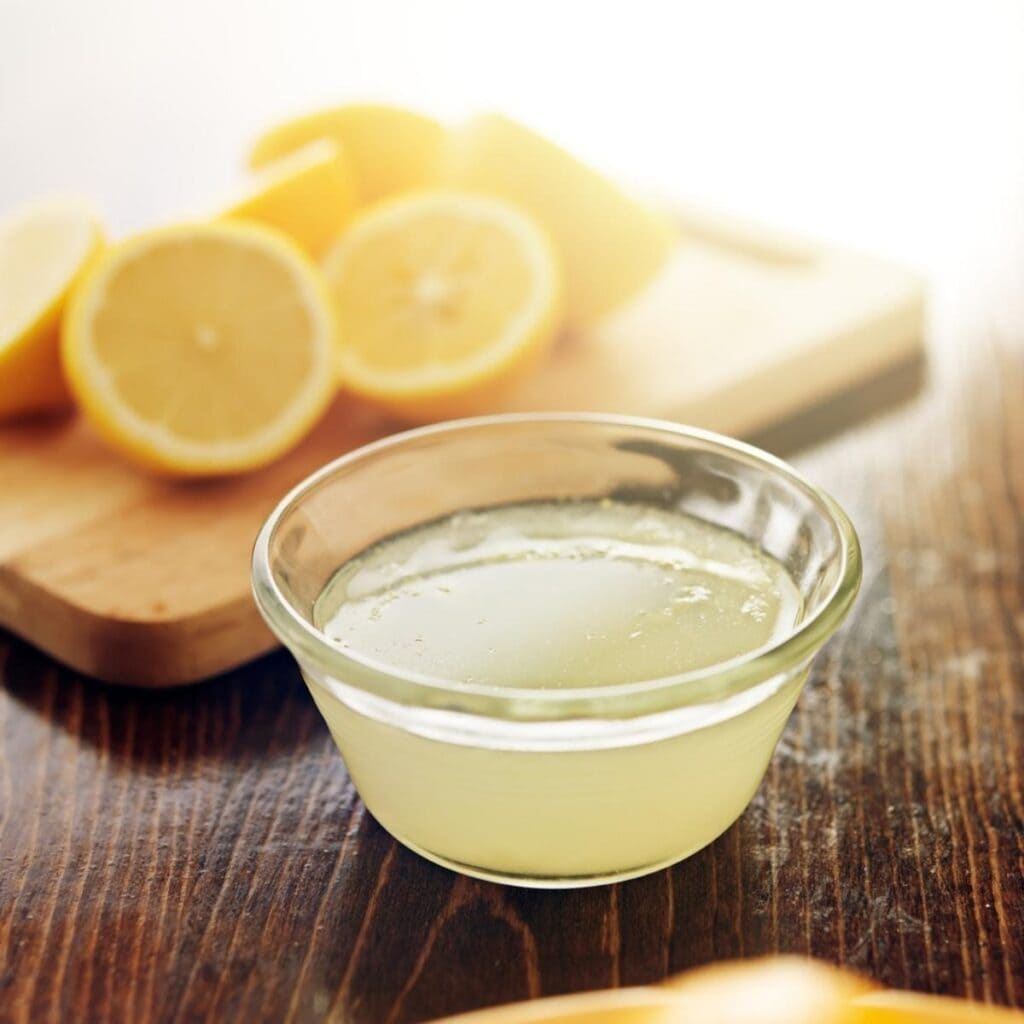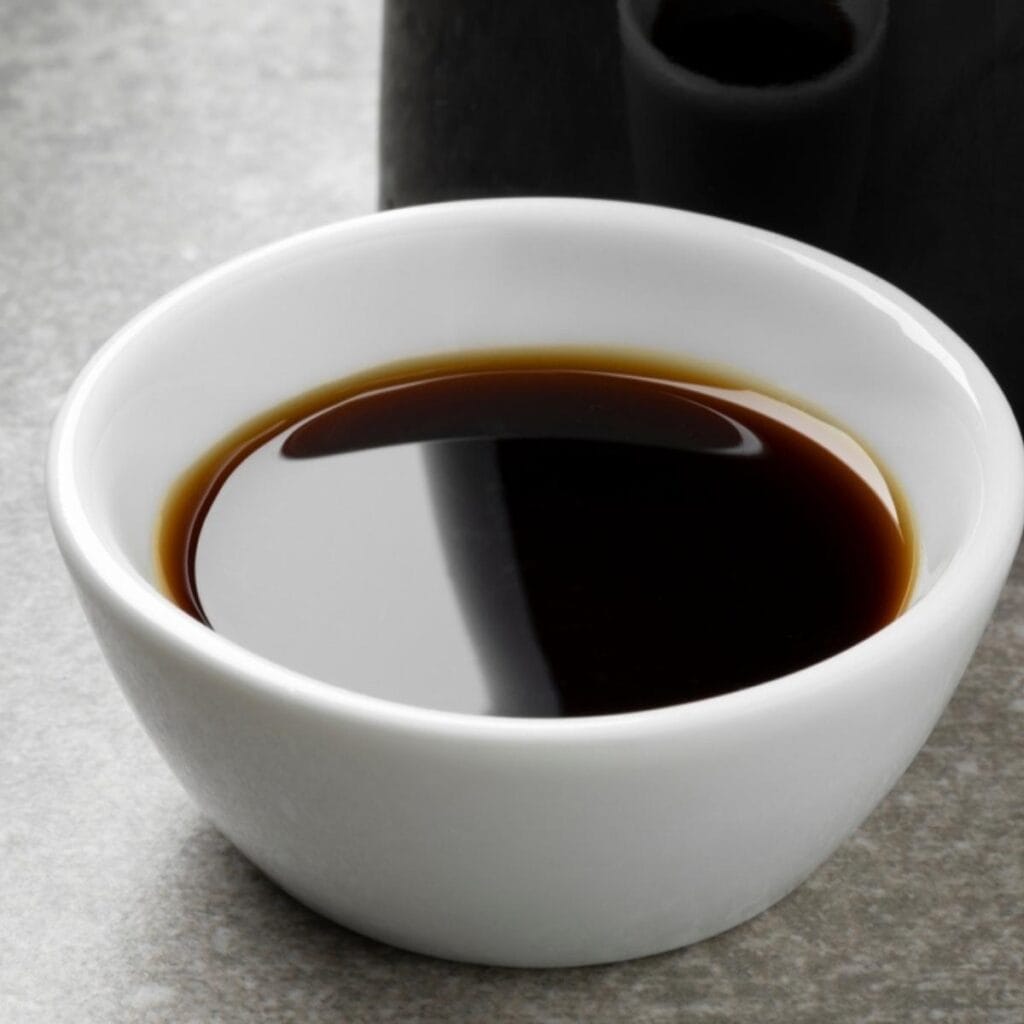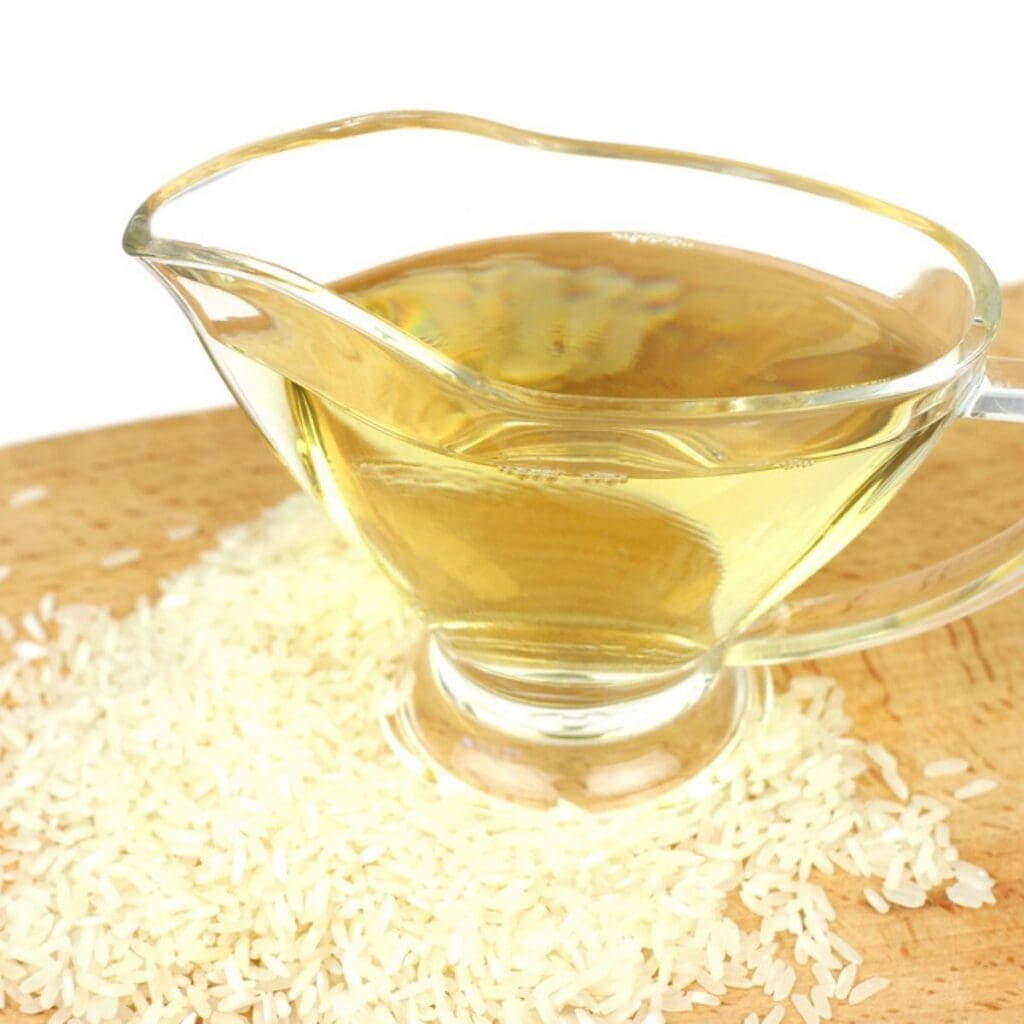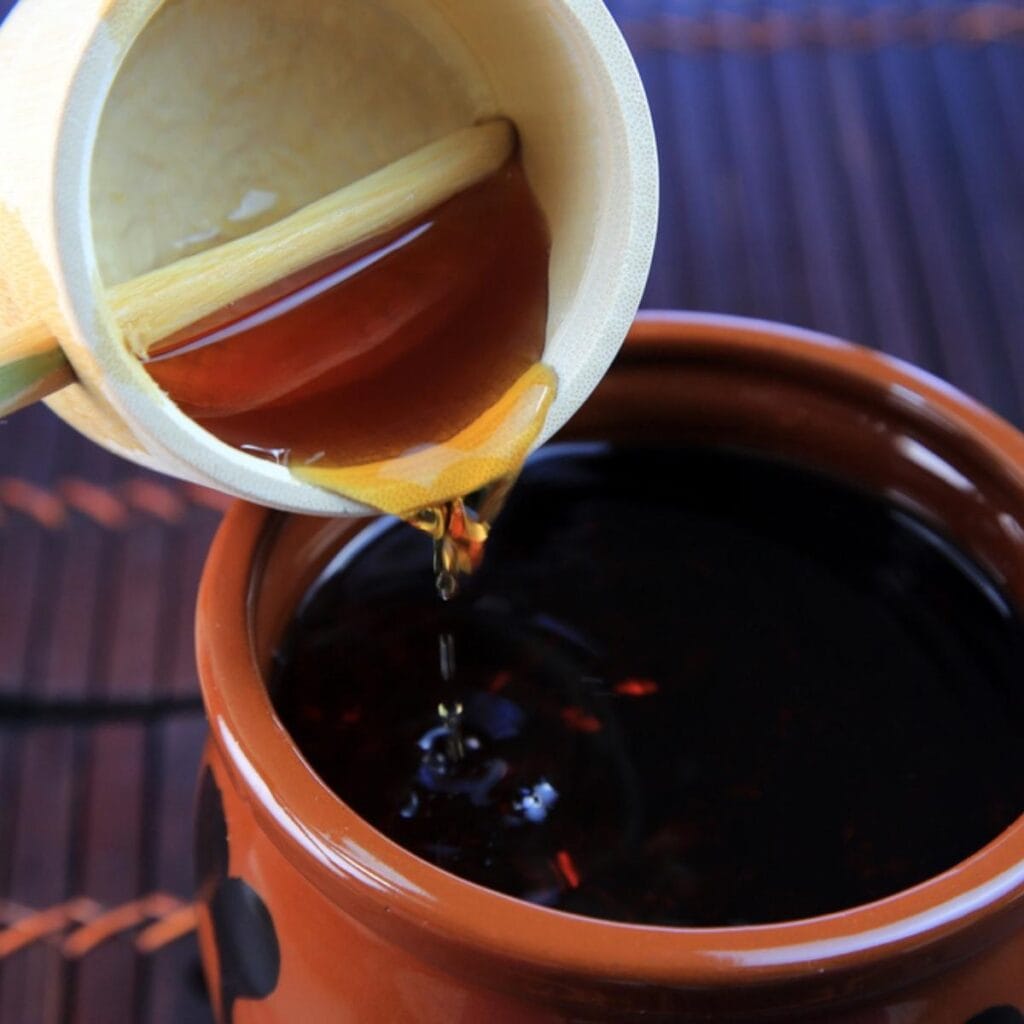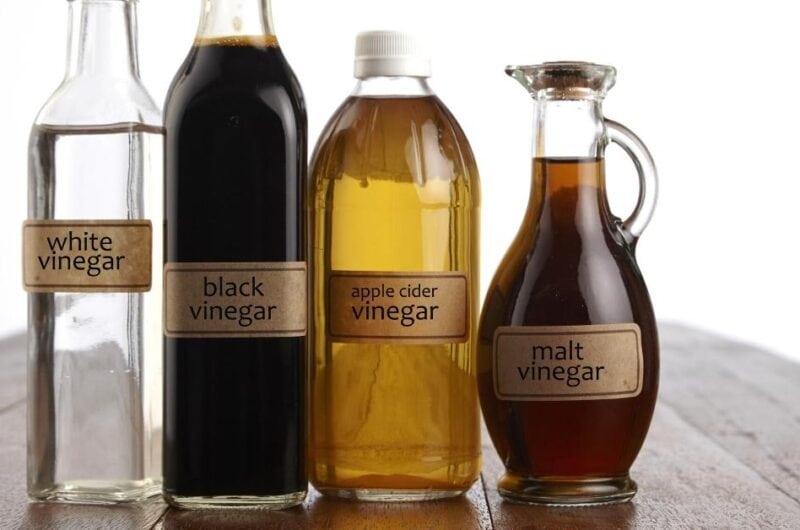So, it’s vital to keep some malt vinegar substitutes on hand – just in case! Made using malted barley grains, malt vinegar can be difficult to find. While it’s most often used to brighten up a plate of fish and chips, it has many culinary applications. And if you run out mid-recipe, you’ll need one of these malt vinegar substitutes to finish your dish. Luckily, many work as simple swaps. But others should be used only in specific recipes. Hopefully, this list will help you choose the right one.
10 of the Best Substitutes for Malt Vinegar
When it comes to substitutes for malt vinegar, you have a few decent options. But, as mentioned, the best choice will depend on the recipe and your preference. Some terrific malt vinegar substitutes include:
Balsamic vinegarApple cider vinegarWhite vinegarLemon juice
As you can see, the flavors vary a great deal. So, this list will break it all down so you don’t have to worry about ruining your dinner.
1. Apple Cider Vinegar
Apple cider vinegar is made from fermented apple juice. So, it’s very sour and has a subtle sweetness that’s lightly fruity. Some people prefer apple cider vinegar because of its proven health benefits. It’s known to lower cholesterol and blood sugar levels, and it’s full of antioxidants. Often used in salad dressings, sauces, soups, and marinades, it makes an excellent substitute for malt vinegar because the flavor is similar. And if you’re gluten intolerant, apple cider vinegar is a fantastic choice. Substitute apple cider vinegar on a one-to-one ratio: 1 tablespoon of apple cider vinegar for every 1 tablespoon of malt vinegar. However, you can use less to tame the sour taste. Start with half a tablespoon and go from there.
2. White Vinegar (or Spirit Vinegar)
White vinegar is very pungent, sour, and tangy. It’s usually made with synthetic acetic acid but can also be produced using sugar cane. Due to its strong flavor (and smell), it’s ideal for brines, marinades, and pickling liquids. However, since it’s so acidic, it’s not recommended for salad dressings or similar recipes. The acidity is too strong to be consumed without other ingredients to dilute it. The substitution ratio for white vinegar is about 1/4 tablespoon for every 1 tablespoon of malt vinegar.
3. Wine Vinegar
You might’ve guessed that white wine vinegar is made from white wine. The process of fermenting the wine with starter cultures turns alcohol into acetic acid. That’s how sweet wine turns into sour vinegar. White wine vinegar is very light in taste with a refined flavor. So, it’s ideal for salad dressings when you need something subtle. When it comes to substituting for malt vinegar, use a one-to-one ratio. For example, you’ll need 1 tablespoon of white wine vinegar for 1 tablespoon of malt vinegar. However, due to the lightness of white wine vinegar, you might want to taste and add more if needed.
4. Lemon Juice
Lemon juice is the most familiar ingredient on this list. The flavor is bright, sour, and citrusy, and it’s used in everything from cookies and cakes to sauces and dressings. Since it’s a naturally occurring acid, it’s not as intense as malt vinegar. However, it is still a great substitute in many recipes since it is so sour. Use lemon juice in a one-to-one ratio (1 teaspoon of lemon juice per 1 teaspoon of malt vinegar) but be careful in salad dressings. The citrus flavor can often interfere with other ingredients, so start with about half and taste as you go.
5. Balsamic Vinegar
Balsamic vinegar comes from Italy and is made from fermented grape juice. It has a distinct sweetness and is known for enhancing fruit flavors like strawberries. This vinegar option has complex fruity flavors and is an excellent substitute for malt vinegar. It’s especially lovely with fish and chips or salad dressings. And since it’s also thicker than other vinegars, it’s beautiful as a drizzle on top of pizza or bread. Use a one-to-one ratio: 1 tablespoon of balsamic vinegar for every 1 tablespoon of malt vinegar.
6. Rice Vinegar
Made primarily from rice, rice vinegar has a few different varieties, including rice vinegar, brown rice vinegar, and seasoned rice vinegar. It has a sweet and mild flavor that makes it an excellent substitute for malt vinegar. You can use a one-to-one ratio: 1 teaspoon of rice vinegar per 1 teaspoon of malt vinegar) However, the flavors might be too intense for salad dressing. So, start with less and add more if needed.
7. Worcestershire Sauce
Worcestershire sauce (pronounced “wuh-stuh-sha” or just “wuh-stuh”) comes from the UK, and it’s more of a lone condiment than vinegar. Still, its blend of vinegar, garlic, molasses, anchovies, tamarind, chili pepper, cloves, soy, pickles, sugar, and salt is pretty nice as a malt vinegar alternative. Of course, you can expect a very complex flavor with an ingredient list like that. Luckily, this sauce is easy to find, and you might even have it in your refrigerator already. When substituting with Worcestershire sauce, always go by taste. It’s usually used in small quantities, and the amount used will depend on your preference and the recipe. I start with half – 1/2 tablespoon of Worcestershire sauce per 1 tablespoon of malt vinegar – and then add more if I think it’s needed.
8. Black Vinegar
Black vinegar is most commonly used in China. Made from black sticky rice and malt, the dark, deep, black color comes from a long aging process. The flavor of black vinegar is fruity with an umami twist and a sweet aftertaste. And because of the richness, it makes a wonderful substitute for malt vinegar. Use a one-to-one ratio for most recipes (1 teaspoon of black vinegar per 1 teaspoon of malt vinegar), but start with half when making salad dressings.
9. Cane Vinegar
Cane vinegar originates in the Philippines and is made from molasses which is made from sugar cane. Despite its origin, cane vinegar is not sweet at all. It has a strong acidic flavor but is more subtle than malt vinegar. It’s a great substitute for malt vinegar when enjoying a plate of fish and chips. For recipes, start with 1 tablespoon of cane vinegar per 1 tablespoon of malt vinegar and add more if needed.
10. Red Wine Vinegar
Red wine vinegar is similar to white wine vinegar but is made using red wine (obviously). It’s very fruity, and the flavor of the grapes sticks around in the acid. Red wine vinegar is a lovely substitute for malt vinegar and is my favorite choice for salad dressings. The fruitiness and sour tang are delicious when combined with olive oil. Use 1 teaspoon of red wine vinegar per 1 teaspoon of malt vinegar, then taste and add more if needed.
Other Substitutes To Have on Hand
Soy Sauce SubstitutesWhite Wine Vinegar SubstitutesButtermilk SubstitutesHoisin Sauce Substitutes Click on a star to rate it!
Average rating 5 / 5. Vote count: 1 No votes so far! Be the first to rate this post.
Share on social media: Let us improve this post!



